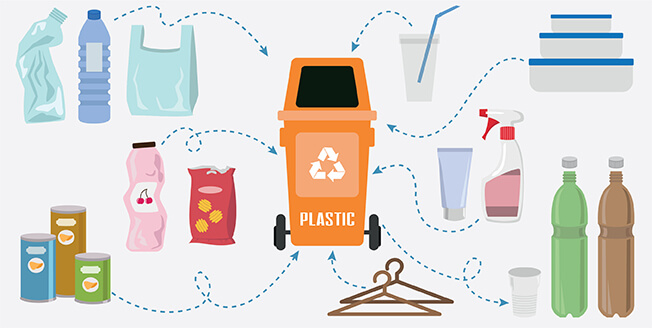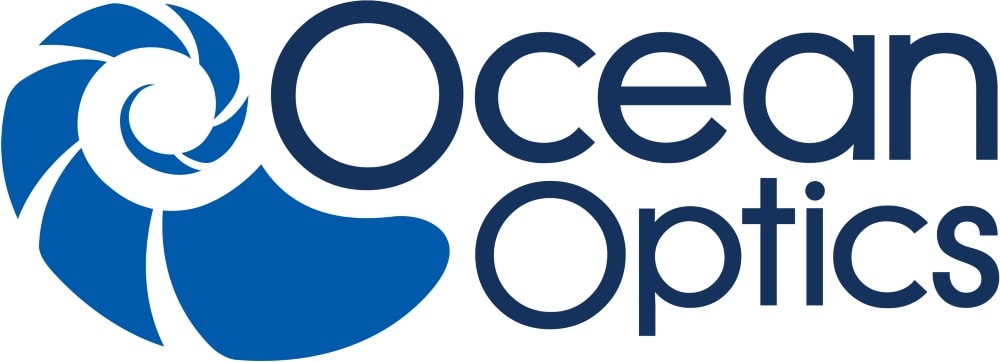Plastic waste is a growing issue in this enclosed ecosystem we call Earth. As landfills grow, we must forgo our single-use mentality and embrace recycling to create a more responsible plastic economy. Identification of plastic types for separation is key to effective recycling, and Raman spectroscopy offers the speed and specificity to help. In this application note, we’ll introduce our new WP 785 ER extended range Raman spectrometer as the ideal tool to discriminate between plastic types, due to its spectral range well beyond the fingerprint region, its high sensitivity and signal to noise ratio (SNR), and excellent reproducibility. We’ll show the ability of this extended range Raman spectrometer to identify the chemical nature of plastic items down to the exact variety within some of the more diverse polymer families, and the presence of additives.
Plastic is such a ubiquitous and highly versatile material, it’s hard to imagine life today without it. The rise of plastic as a mass-produced product did not start until the 1960s, but within just 20 years plastic had surpassed steel as the most widely used material worldwide. Plastic is a designer material like no other – available in a wide variety of form factors, easily colored or made transparent, and low in cost. The majority of plastic, however, is produced for singleuse items, like the 78 million tons of plastic packaging manufactured every year – a third of which ends up in the ocean (one garbage truck every minute). At the current rate, this amount will double by 2030.
A Global Problem
The heightened awareness of this global plastic waste problem and the increased scrutiny of the corresponding industry practices has created an enormous opportunity for more sustainable approaches to create a responsible plastic economy. Besides a fundamental shift towards viewing plastics as a valuable, high-quality, designer material, this change also calls for radically improved recycling economics and quality.






